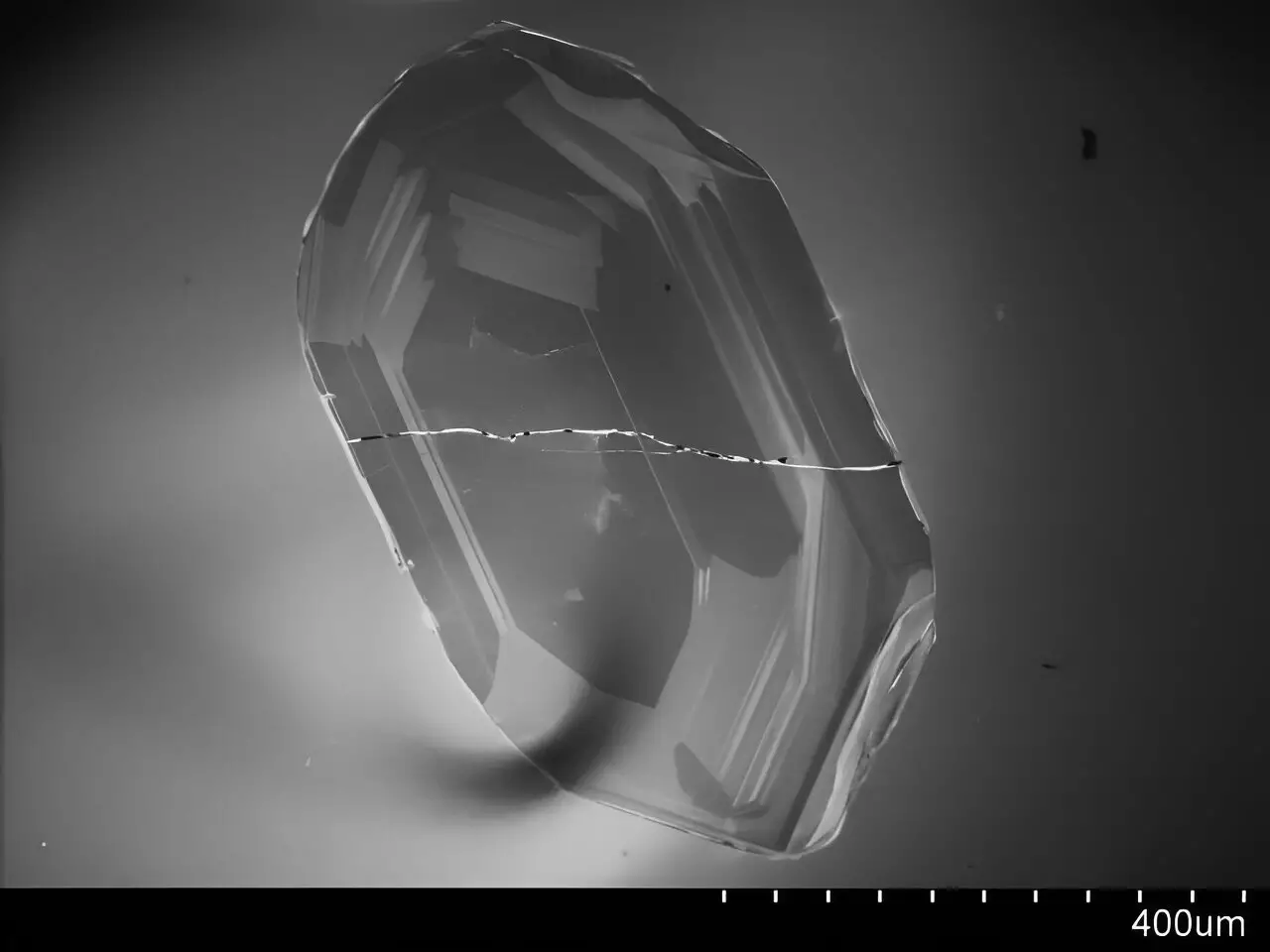Recent research has unveiled fascinating insights into the complex nature of plate tectonics as it existed approximately 4 billion years ago. Contrary to the belief that tectonic activities on early Earth were linear and simplistic, this groundbreaking study suggests that early tectonic processes were surprisingly varied and dynamic, akin to contemporary tectonic interactions. The findings, published in the Proceedings of the National Academy of Sciences, not only enhance our understanding of Earth’s geological history but also raise important questions about the evolution of life and planetary formation.
At the heart of this investigation lie zircon minerals, specifically studied from two of Earth’s oldest crustal formations: the 4.0 to 2.7 billion-year-old Saglek-Hebron Complex and the 4.0 to 3.4 billion-year-old Acasta Gneiss Complex. Zircons are exceptionally resilient to physical and chemical alterations, making them ideal subjects for studying the geological past. By examining these ancient minerals, researchers were able to unveil a portrait of early tectonic activity that showcases a rich tapestry of interactions and processes, far from the previously assumed straightforward progression typical in educational curricula.
The researchers observed that rather than a singular mode of plate tectonics characterized by simple subduction and collision, various tectonic styles coexisted during this time. These styles ranged from processes similar to modern subduction, where oceanic plates slide beneath continental plates, to other forms of crustal interactions. This complexity implies that early Earth may have had systems in place that contributed to the recycling of crustal materials and the dynamic balance of geological processes that sustain life. Lead author Emily Mixon from the University of Wisconsin–Madison emphasizes the significance of understanding these ancient mechanisms, noting their critical role in shaping not just the Earth’s surface but potentially influencing the emergence and evolution of life itself.
Understanding how plate tectonics functioned in Earth’s formative years opens new avenues for researching extraterrestrial geology. By establishing a clearer model of tectonic activity, scientists can postulate how tectonic processes might appear on other celestial bodies, particularly those in the habitable zones around their stars. Insights gained from ancient Earth can thus be crucial for astrobiologists and planetary scientists seeking to identify conditions conducive to life beyond Earth.
The study of ancient zircon minerals has not only transformed our understanding of Earth’s tectonic history but also broadened the scope of geological inquiry in relation to planetary habitability. The findings argue for a more nuanced perspective on Earth’s evolution, suggesting that the foundations of our planet’s dynamic nature were laid down in a richly complex manner, mirroring the interactions we observe today. As researchers continue to explore these ancient geological records, they pave the way for deeper insights into both our planet’s past and the potential for life elsewhere in the universe.

